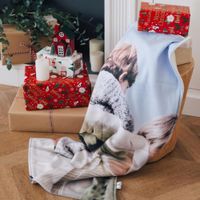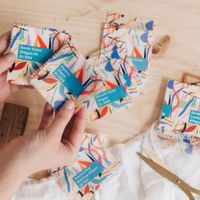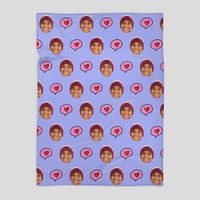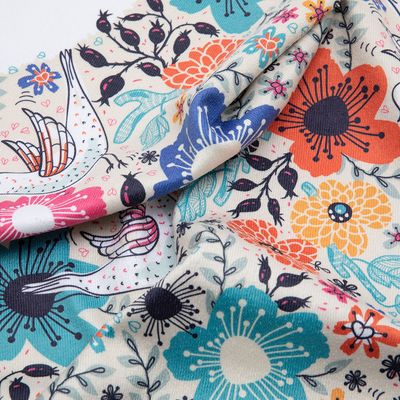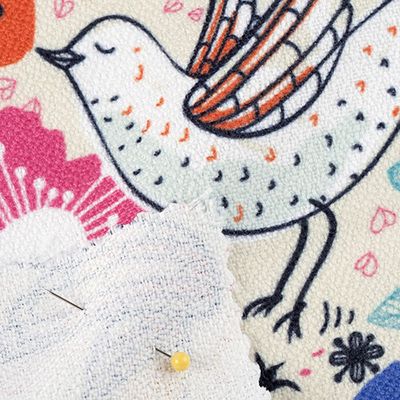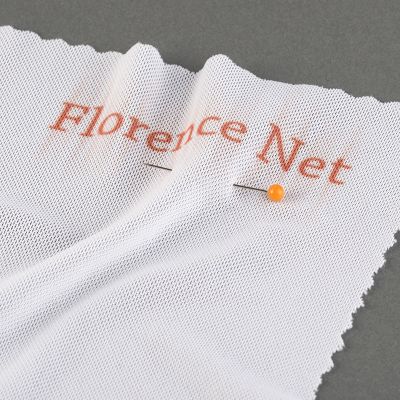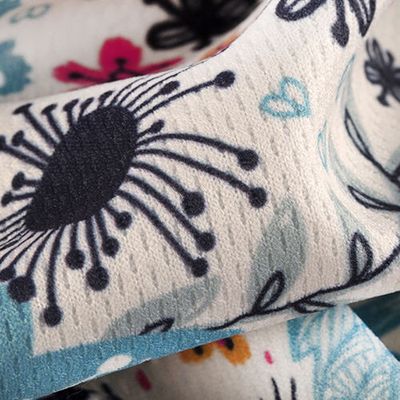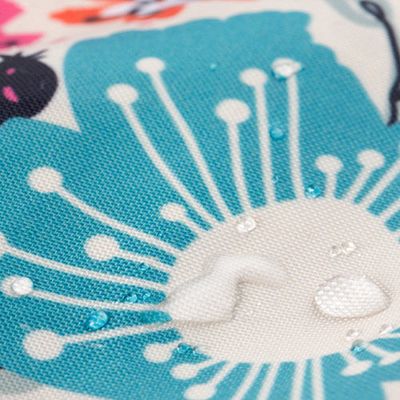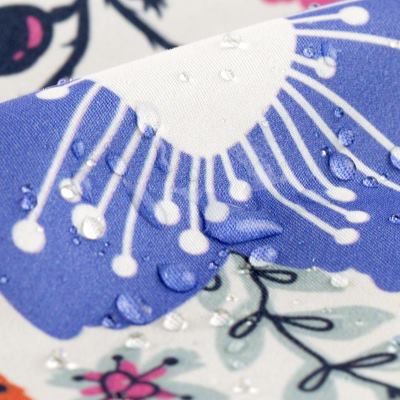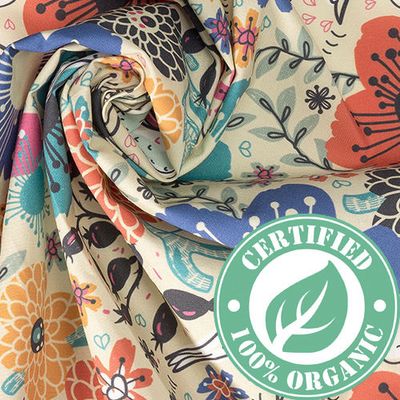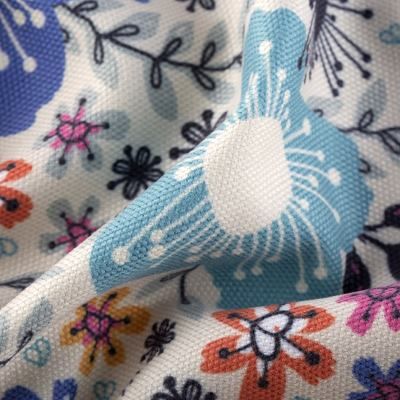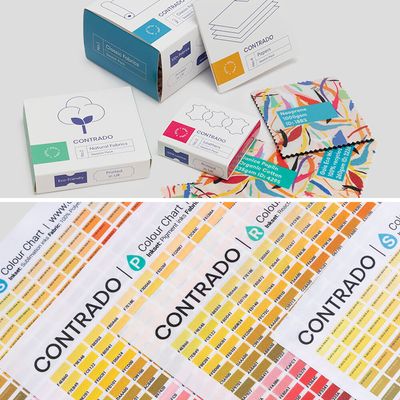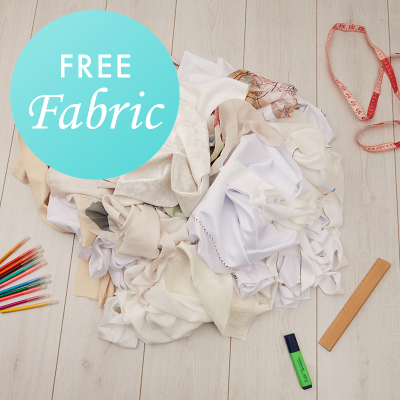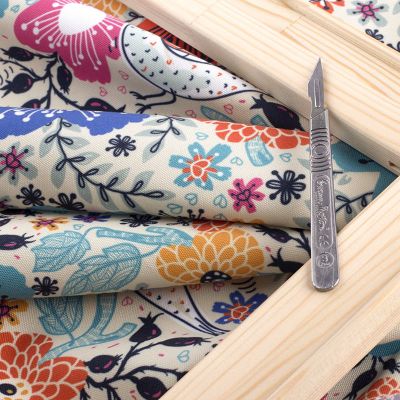Fabric Features and Properties
Every fabric is different, and although most people already know this, they can't really say why. They know that silk and fleece don't look the same, and they don't feel the same either, and they might know it's because they are made differently. Knowing that much, however, might not help you decide which is the right textile or material for that great cosplay you've been planning in your mind for the last few years, or what is the best thing to reupholster great-grandmas ancient chairs that have never matched your kitchen. We've put together this handy guide to help you have a basic understanding of what different fabric properties mean, and we have grouped together some of the simple characteristics of fabric for you (if you know you need something stretchy, or you know it has to be waterproof) so that you can jump right in.
Fabric Features
When choosing a fabric for your project, there are a number of basic fabric characteristics and properties that you will want to take into account. These are physical characteristics that you can often tell by touch or by looking at a piece of fabric. The most common ones are detailed below, however, there are so many different fabric characteristics and properties, that if we were to list them all, you'd never get round to that project you're planning.
Breathability - This is the fabric's ability to allow moisture vapour to be passed through the material. This helps the clothing that is made from it to not become too warm or uncomfortable. Due to this, breathable fabrics are great for sportswear.
Weight - If you're making a summer dress, you don't want a really heavy fabric, and if you're making a coat, you're unlikely to want a fabric so lightweight you can see through it. So choosing the right fabric weight for your project is key.
Drape - This, in essence, is how your fabric hangs. If it hangs in graceful folds, it is said to have a good drape. If there isn't any drape or very little drape, it would have poor drape. These are stiff fabrics; and they are incredibly useful for certain things, for example detailing on a mask for a costume.
Durability - Durability is sometimes just as important in fabrics as it is in tyres. If you are making, for example, a hat, you want it to be able to withstand being put on and taken off hundreds of times. If you are making cushion covers, you want them to last throughout people sitting on them and leaning on them.
Softness - Sometimes you need your material to be super soft; if you are making clothing or blankets for example. However sometimes a coarser, textured or stiffer fabric is required. Take into account how soft or otherwise you need your fabric to be.
Fabric Construction
Most fabrics (but not all) will come under one of two categories when it comes to their construction properties; woven or knitted. This affects the physical appearance as well as the characteristics of the fabric but is not always as easy to tell.
Woven - These fabrics are made up of woven wefts and warps. In that "over, under, over, under" way that you may have been taught at school, with strips of paper.
Knitted - These fabrics are made by looping the wefts and warps rather than weaving them.
Wefts and Warps - The warps are the lengthwise, or vertical, yarns and the wefts are the transverse, or horizontal, yarns.
